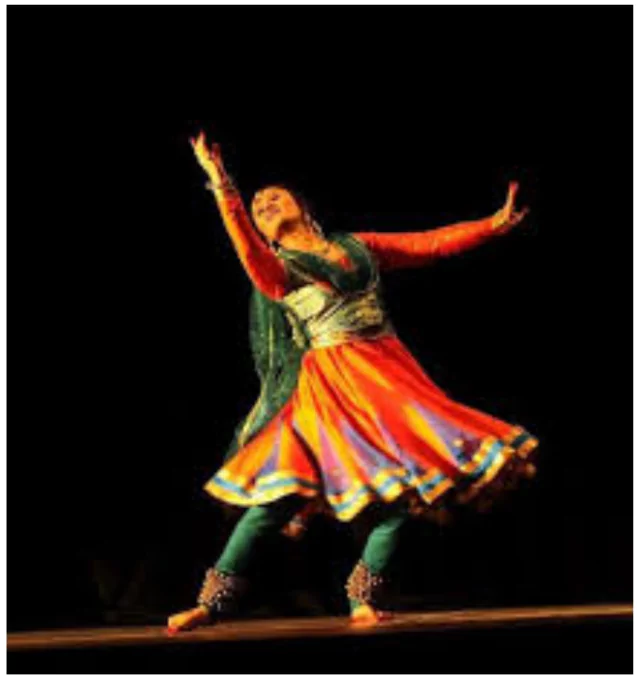![]() April 12, 2024
April 12, 2024
![]() 3966
3966
![]() 0
0
Kathak is a classical dance form characterized by intricate footwork, graceful gestures, and storytelling through rhythmic movements. It evolved in the courts of North India, blending Hindu and Islamic influences.

|
Must Read |
|
| Current Affairs | Editorial Analysis |
| Upsc Notes | Upsc Blogs |
| NCERT Notes | Free Main Answer Writing |
<div class="new-fform">
</div>
Latest Comments